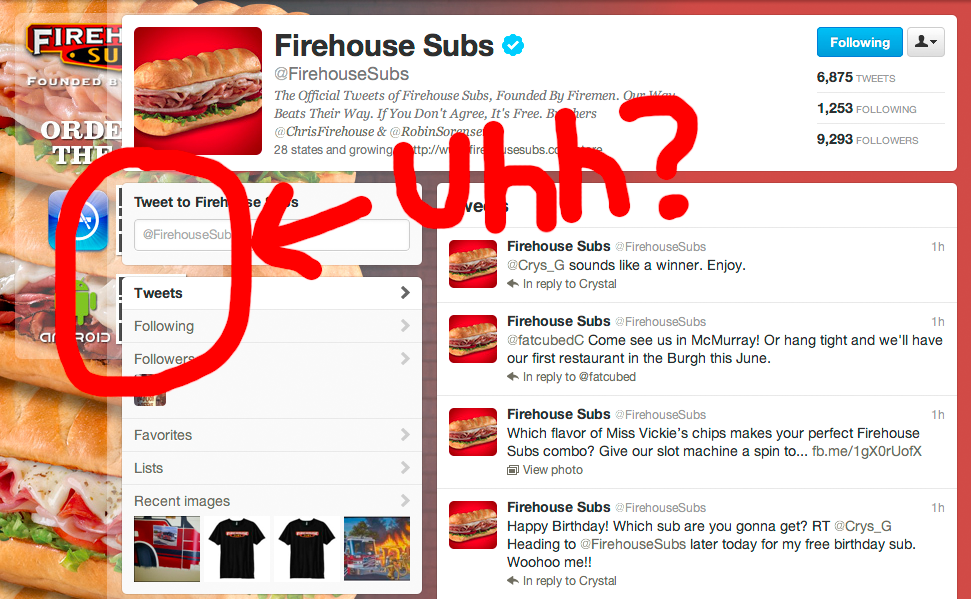Segments: Slices from the Macintosh Life
Digital > Analog > Digital
If you are connected to me via one of numerous social media channels, you’re likely aware of my disdain of QR codes. There’s only one use I find to be helpful: embed a lot of contact information into one and print it on a business card. This allows me to quickly set up a contact in my iPhone. I scan the code and import a vCard instead of manually (and slowly) entering a name, e-mail address, Web address, phone number, fax number, and physical address, ad nauseum.
vCards aside, nearly every QR code I encounter simply pushes a Web address. Though I’m aware that plenty of people feel differently, I can generally always open my iPhone Web browser and tap out a URL faster than I can open a QR scanner app, wait for the camera to wake up, scan the code, wait for translation, tap the link, and let the Web browser take over to load the page.
I’ve been asked, but what about long URLs such as:
www2.fooblahfooflah.co.uk/?id=1234&dumb=sk30s&lotsmoreURLoperators
Simple: if you have marketed a URL that’s much more than yourURL.com/something, then you’re doing it wrong.
Fine, people enjoy scanning those ugly squares (a graphic designer’s nightmare), so I concede they’ll be printed on stuff for a long time to come. Thankfully, it doesn’t mean I have to scan them.
There is, however, a new problem. The entire point of QR codes is to bridge the physical/analog world with the online/digital world. They provide a means, on a physical object (e.g. paper), to connect you to something online. But, the QR code fad has grown faster than people’s understanding of them. As a result, they have crept into venues in which they do not belong—Web pages, social media profiles, etc.
A recent example is Firehouse Subs’ Twitter page. At this moment, the page has two QR codes as part the background image, which link to their mobile apps for iOS and Android. Don’t get me wrong, a Firehouse sub with the founder’s datil pepper sauce is a party in my mouth. Nevertheless, to see QR codes on a Web page is foolish.
Why?
Before I answer, I must make the observation that the design of Firehouse Subs’ Twitter page leaves profile content covering over the QR codes, so they can’t be seen or scanned unless you have your browser window stretched wider than the Mississippi River.
But, if we assume a Web content worker ensures the QR code is visible, why not instead provide a hyperlink to click or tap?
Put another way, a QR code on a Web page as a means to link to another Web page is like duplicating a digital music CD to an analog audiocassette, then digitizing it back to a new CD. Obviously, the correct procedure would instead be to digitally copy the CD directly. Likewise with Web pages, the visitor is already in the digital world. A plain hyperlink to click will do just fine.
So, here’s my month-late New Year’s resolution for Web content workers: if you need to use a pretty graphic link instead of a plain text link, so be it, but resist the fad-driven urge to place URL-loaded QR codes on Web pages.
Also in This Series
- About My Particular Macintoshes · May 2012
- From the Darkest Hour · May 2012
- Shrinking Into an Expanding World · May 2012
- Growing Up With Apple · May 2012
- Recollections of ATPM by the Plucky Comic Relief · May 2012
- Making the Leap · March 2012
- Digital > Analog > Digital · February 2012
- An Achievable Dream · February 2012
- Smart Move? · February 2012
- Complete Archive

Reader Comments (0)
Add A Comment